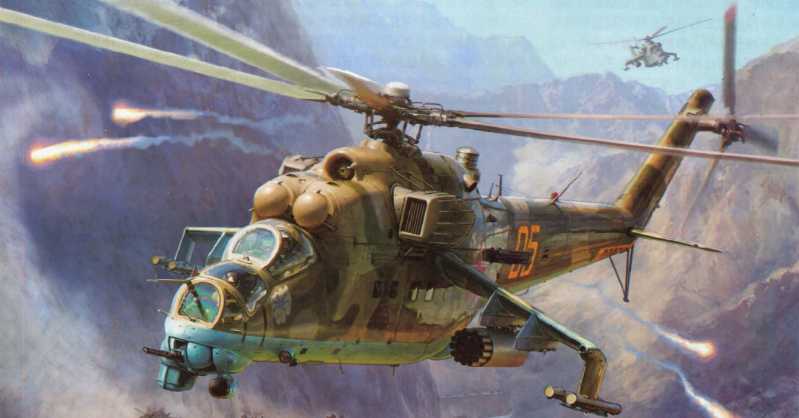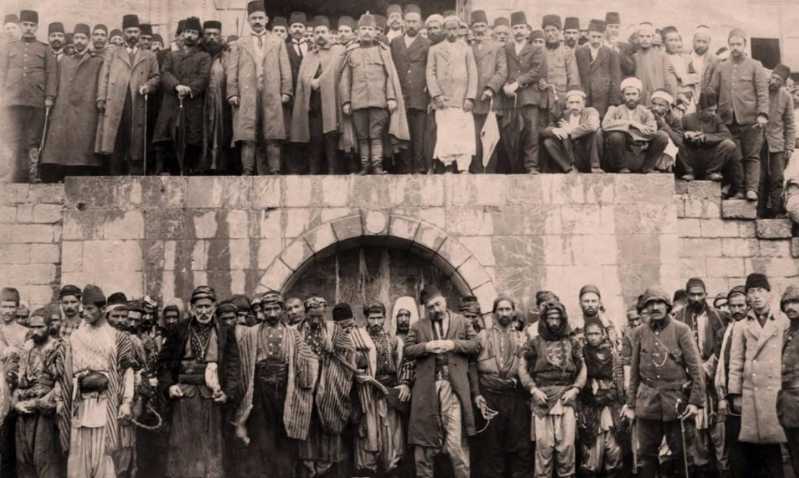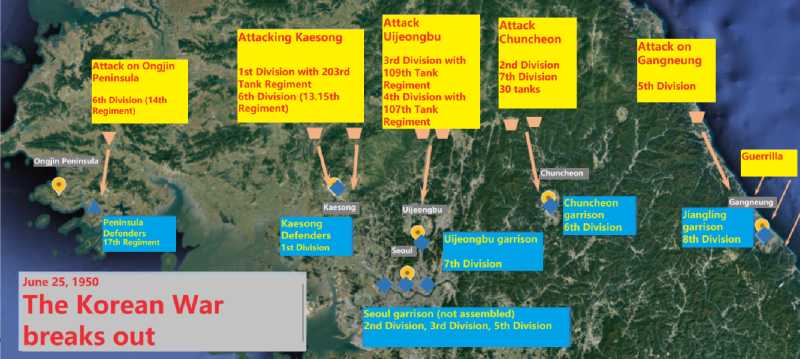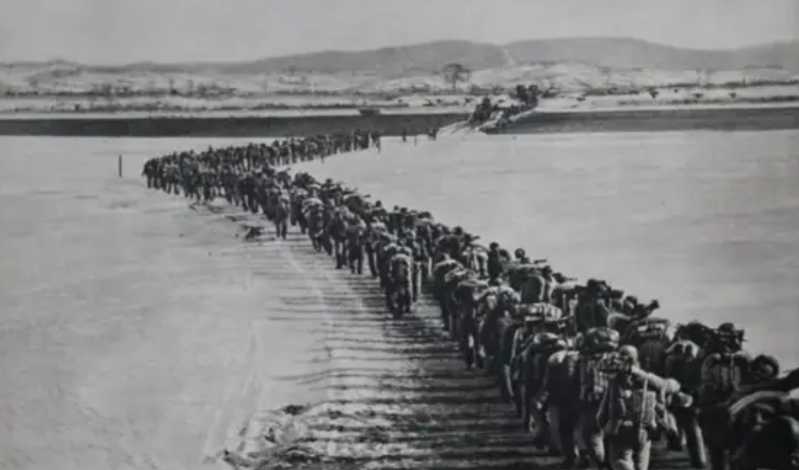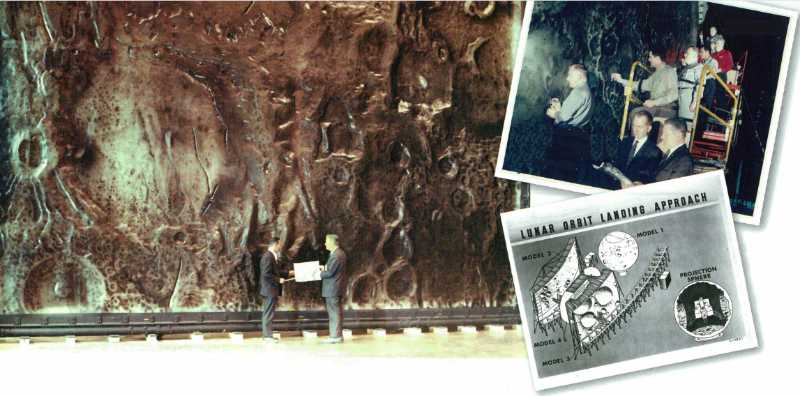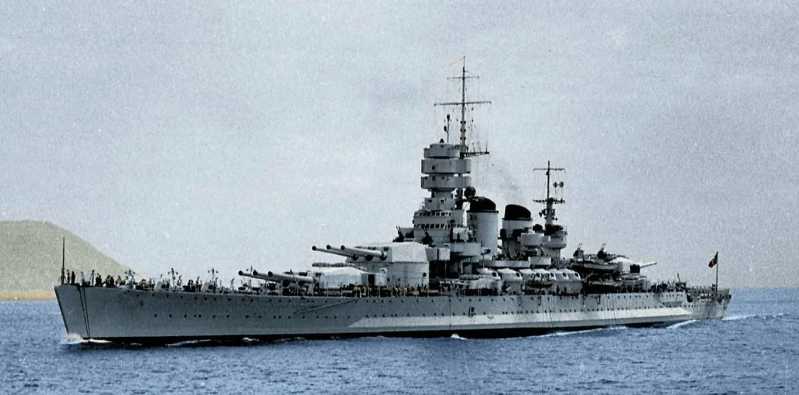According to international media reports, the Iranian Air Force received a batch of Yak-130 advanced trainer aircraft from Russia to improve the training and combat capabilities of the Air Force. We know that in 2023, Iran just officially announced the installation of the domestically produced "Yassin" trainer aircraft. Why did it buy the Yak-130 at this time? What exactly does the Iranian Air Force plan for the development of trainer aircraft?
There are many trainer aircraft, and "Yassin" solves the problem of intermediate trainer aircraft
On March 11, 2023, the Iranian military held an unveiling ceremony for the new generation of domestically produced "Yassin" intermediate trainer aircraft and its production line in Tehran. The Iranian Defense Minister said that all supporting parts of the aircraft are produced by Iran. It is a veritable domestic fighter. It can not only carry out flight training missions, but also undertake the combat mission of light fighters.
Due to long-term sanctions, the Iranian Air Force T-33 trainer aircraft has been lacking dedicated jet trainers since its retirement, and can only use propeller trainers or high-cost combat trainers to perform pilot training tasks. Therefore, Iran has been seeking to develop new trainer aircraft through its own efforts. At the same time, Iran’s aviation industry also tends to choose relatively easy jet trainer aircraft to tackle tough problems, further accumulate experience, and lay a solid foundation for the development of more difficult fighters.
In 1995, Iran Aircraft Manufacturing Industry Corporation tried to design and manufacture the "Skylark" single-engine jet trainer aircraft, which was Iran’s first domestically produced jet military aircraft, but the performance did not meet the military’s requirements, and the project was terminated after only a few prototypes were built. After that, Iran designed the "Pheasant" single-engine jet trainer aircraft with a mediocre appearance, but because of many deficiencies in aerodynamic layout, power system, avionics equipment, etc., only one prototype was built. In the case of insufficient independent development capabilities, Iran also cooperated with the Russian Mikoyan Design Bureau to propose the "Aurora" single-engine subsonic fighter/trainer aircraft project based on the MiG 1-2000 light fighter program. The aircraft has a very distinctive appearance, with a unique huge disc-shaped wing strip, the whole aircraft is designed to be stealth, and the cockpit is also equipped with a color display and a K-36D ejection seat. However, the declining Mikoyan Design Bureau was unable to support Iran’s "Aurora" project to the end, and it was hastily ended after only completing the wind tunnel test of the 1:7 model.
Iran had to return to the path of independently developing trainer aircraft. In February 2010, the Iranian Air Force restarted the development project of domestic jet trainer aircraft, and learned from the lessons of the "Skylark" and "Pheasant" trainer aircraft’s single-engine power shortage, and chose a twin-engine layout. The Iranian Aircraft Manufacturing Industry Company designed and manufactured a new "Thunderbolt" 88 trainer aircraft. However, due to factors such as lack of budget and Western sanctions, the design work of the new aircraft could only be slowly advanced, and the scaled model wind tunnel test was not completed until 2014. In 2016, Russia implemented the United Nations sanctions against Iran and refused to deliver the 24 Yak-130 trainer aircraft it ordered, forcing the Iranian Air Force to add budget for the domestic trainer aircraft project. The prototype of the PL-88 trainer aircraft was manufactured in 2016. In order to save money, the aircraft’s avionics system, hydraulic system, landing gear, engine, etc. all use parts of the current American F-5A/B Tiger fighter. However, it is obviously not long-term to maintain the production of new models by retiring old fighters. For this reason, Iran did not rush to mass-produce the PL-88 trainer aircraft, but turned to the localization of aviation basic equipment. The research and development, and finally achieved the mass production of the domestic "Vertex" turbojet engine in 2019, laying a solid foundation for the large-scale manufacture of new models. In the same year, the PL-88 trainer aircraft using domestically produced parts was renamed the Yasin trainer aircraft. It was first unveiled to the public at the Noga Martyrs 3rd Tactical Air Force Base in Hamedan Province in western Iran, and its first flight was successful. After a series of test flights and improvements, it was finally finalized and delivered to the Iranian Air Force recently, and the road to mass production was opened.
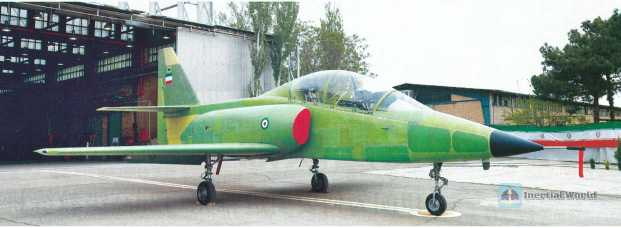
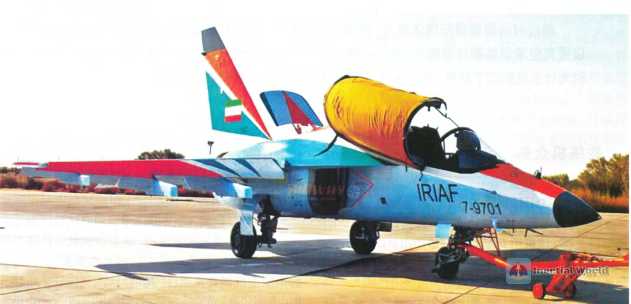
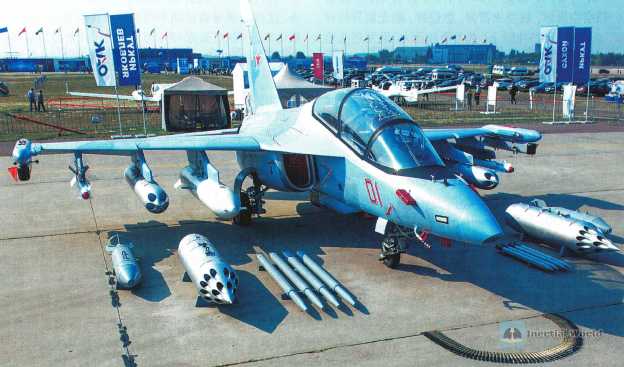
As the leading enterprise of Iran’s aviation industry, Iran Aircraft Manufacturing Industry Corporation independently designed the "Yasin" trainer based on the full reference to the design experience of various advanced trainer aircraft in the world and the reasonable assessment of its own technical strength. According to the data released by Iran, the "Yasin" trainer has a fuselage length of 12.2 meters, a height of 4 meters, and a wingspan of 10.4 meters. The overall size is similar to the mainstream jet trainers in the world. The maximum take-off weight is about 6.6 tons and the empty weight is 3.9 tons. It is a light jet aircraft. The appearance of the aircraft is similar to the American AT-3 and Russian MiG-AT trainers. The appearance looks mature. Its main wing adopts a lower structure, and the main landing gear is installed near the wing root. The engine air intake is located on both sides of the fuselage, and the tail is a double-engine layout and a single vertical tail structure. As a trainer aircraft, the Yasin trainer aircraft has a very good field of view, and the height of the rear cabin is obviously higher than the front cabin. Although the nose is relatively small, it can be seen that there is a black radar cover design. It is preliminarily judged that this Yasin trainer aircraft should be able to install a smaller and lighter fire control radar, and can carry air-to-air missiles for patrol and even air combat. Weapon racks can also be set under the wings and fuselage to use land attack weapons.
The biggest difference between the "Yasin" trainer aircraft and the "Pili" 88 trainer aircraft is that they use the domestic "Vertex" turbojet engine. From the appearance, the engine tail nozzle of the "Yasin" trainer aircraft is exposed outside the engine compartment, while the engine tail nozzle of the "Pili" 88 trainer aircraft is wrapped in the engine compartment. The "Apex" engine is a localized version of the American J85 turbojet engine. Although it is a second-generation turbojet engine and cannot be compared with the technology of contemporary advanced turbofan engines, it is already a remarkable achievement for Iran’s aviation engine industry, which has a weak foundation!
Aviation engine technology is the heart of the aviation industry and the key to whether Iran can break the Western sanctions. However, even a second-generation turbojet engine like the "Apex" has as many as 14,000 individual parts, and must withstand extreme temperatures and pressures and rotate at high speeds for hours, which places extremely high demands on engine design and materials. Therefore, the key to the successful mass production of the "Yasin" trainer aircraft is the mass production of the "Vertex" turbojet engine. The importance of a good-performance aircraft engine to the entire aviation industry is thus reflected!
There is still a demand for advanced trainer aircraft, and the Yak-130 is introduced
The Iranian Air Force’s previous advanced trainer aircraft was the T-33. As a high-performance jet trainer, it actually connects the propeller primary trainer and serves as the intermediate and advanced trainer training function. However, after the retirement of the T-33, Iran could no longer introduce jet advanced trainers from the West to replace it due to sanctions. The domestically produced "Yasin" trainer aircraft, as a jet trainer with limited performance, is mainly positioned as an intermediate trainer. Its contribution is to replace some of the T-33’s training tasks. Advanced training subjects still have to be borne by two-seat fighters. This undoubtedly did not completely solve the Iranian Air Force’s demand problem. The arrival of the Yak-130, the world’s latest generation of advanced trainer aircraft, undoubtedly perfectly solved this problem. Before the 1980s and 1990s, most of the Warsaw Pact countries used the Czech L-39 "Albatross" trainer aircraft. However, with the advancement of technology, more and more advanced fighters have been launched. The L-39 is too backward in terms of performance, so the Soviet Union decided to develop a new trainer aircraft. In this way, the Soviet Union assembled several design bureaus such as Sukhoi and Mikoyan, and introduced foreign investors to develop together. The Yak-130 is a project jointly developed by Russia and Italy’s Aermacchi Aviation. Later, due to cooperation problems, the Italian company withdrew from the project, and the Yakov Design Bureau of Russia eventually took over the Yak-130. After continuous testing, the Yak-130 changed from a trainer aircraft to a trainer-fighter aircraft, and was officially put into use in 2010. "Trainer-fighter aircraft" means that the Yak-130 will have the identities of both a trainer aircraft and a fighter aircraft, that is, it can be used to train fighter pilots during daily training, and the Yak-130 can directly participate in combat when necessary.
According to the data, the Yak-130 has a total of 9 external racks, which can carry R-73 air-to-air missiles, aerial rockets, incendiary bombs, laser-guided bombs, etc., with a total load of more than 3 tons. In order to increase power, the Russian army also equipped the Yak-130 with two AN-222-25 engines with a single thrust of 2,500 kg, with a ceiling of 12,500 kilometers, a range of 1,850 kilometers, and a speed of 1,000 kilometers per hour. It can be seen that the Yak-130 is fully capable of performing combat missions like the Su-30SM. For Iran, the F-5E and F-4 series fighters introduced in the 1970s are no longer sufficient even after more maintenance and renovation. The arrival of the Yak-130, which can be used as a third-generation light fighter, is undoubtedly an excellent replacement for the F-4 and F-5. For the studious Iranian aviation industry, the third-generation advanced trainer Yak-130 is undoubtedly the most advanced fighter jet that Iran can currently access. Researching, inspecting and studying it is a rare learning opportunity for the Iranian aviation industry, and it is a rare opportunity for its fighter jet technology to leap from the second generation to the third generation.
It is worth mentioning that it has been nearly 30 years since Iran last purchased Russian-made fighter jets, so this cooperation is also the first fighter jet order signed by Russia and Iran in nearly 30 years.
Iran actually wants Su-35 more
Previously, international media have been reporting that Iran actively introduced Russian Su-35 fighter jets, so why did it sign the Yak-130 later?
Some experts believe that Iran has a vast territory and has a high demand for fighter jets with long range and large payload. The Iranian Air Force previously used the F-14 Tomcat, and had a special liking for twin-engine heavy fighter jets, relying on it as the core force, and light fighter jets as a supplement. As for why Iran rejected the Su-35 fighter, Iranian Defense Minister Ashtiani gave the answer: Iran has the ability to develop fighter jets on its own. Of course, Ashtiani also said that the possibility of introducing the Su-35 in the future is not ruled out. In fact, from some previous statements by Russian and Iranian military officials, it can be seen that the problem mainly lies on the Russian side. After all, Iran had previously built underground hangars and bunkers in order to obtain the Su-35. Unfortunately, the Russian side refused to transfer to Iran the technology related to parts and a series of after-sales services including supporting weapons. These factors forced Iran to seek other equipment. So in the final analysis, Iran wants to buy the Su-35, but Iran has emphasized self-reliance and independent research and development because of its previous years of war, so it has set very high conditions for the transfer of Su-35 technology, hoping that the introduction of the Su-35 can improve the technical level of Iran’s aviation industry, while Russia only wants to sell aircraft and does not want to sell production lines. This is the biggest difference between the two countries.
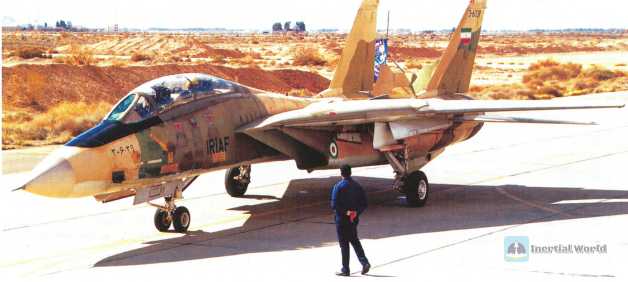
In fact, Iran’s aviation industry is developing rapidly and has the technical foundation to introduce and absorb third-generation improved fighters such as the Su-35. The most famous F-14 fighter is a representative. In recent years, the British "International Aviation" revealed that although the Iranian Air Force still has 62 F-14As, long-term combat and flight losses have once caused about two-thirds of them to lose their combat effectiveness. In 2006, the US Navy began to retire the aircraft. The Iranian Aircraft Industry Company seized the opportunity and used various channels to purchase parts and then carried out in-depth maintenance on its own F-14As. Since then, the attendance rate of the "Tomcat" has gradually increased, from 16 in 2005 to 24 in 2018. Imitation production: Iran’s aviation industry has continuously mastered the technical characteristics of American fighters during maintenance, and then imitated the entire aircraft, laying the foundation for the development of domestic fighters. In 2006, Iran Aviation Industry Corporation took over the F-5 fighter imitation project. The project has been implemented since the 1990s and has developed three generations of models, namely the imitation "Lightning" fighter, the twin-tail improved "Lightning" 80 fighter and the deeply improved "Thunderbolt" fighter. The latest "Thunderbolt" fighter is equipped with advanced avionics and fire control systems, with a glass cockpit, data link, head-up display, fire control computer, etc., and mass production started on November 3, 2018.
Conclusion
As an advanced advanced trainer/light fighter with a lot of third-generation fighter core technologies, it can be expected that its introduction will not only improve the training level of the Iranian Air Force, but also greatly promote the development of Iran’s aviation industry. Iran’s introduction of the Yak-130 can be said to be a good move and very cost-effective.








